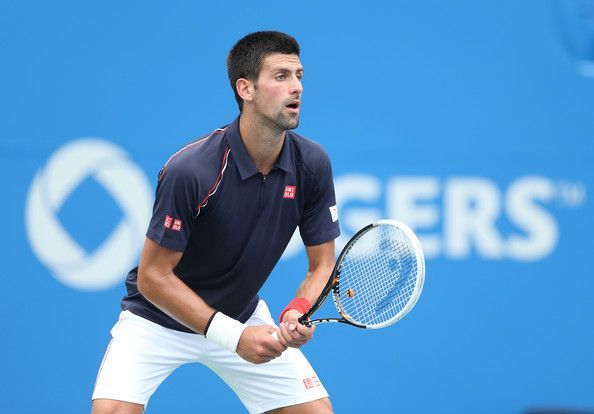mxmx
Hall of Fame
I'm having real problems on my backhand return of serve and even backhand groundstrokes. I can hit decent backhand when rallying but not in a match situation. I am assuming this is a confidence issue...
On the service return. What is best. To be ready in a forehand grip and changing the grip when the ball comes to the backgand? Or a backhand grip changing it to the forehand when it comes to the forehand?
I find it easier to hit a backhand when I'm already on a backhand grip...but then I get caught down the middle or out wide on the forehand. When I'm already on the forehand grip, I can rip my forehands but get caught on the backhand.
Any advice welcome. Thanks
Edit: I have a double backhand.
On the service return. What is best. To be ready in a forehand grip and changing the grip when the ball comes to the backgand? Or a backhand grip changing it to the forehand when it comes to the forehand?
I find it easier to hit a backhand when I'm already on a backhand grip...but then I get caught down the middle or out wide on the forehand. When I'm already on the forehand grip, I can rip my forehands but get caught on the backhand.
Any advice welcome. Thanks
Edit: I have a double backhand.
Last edited:


